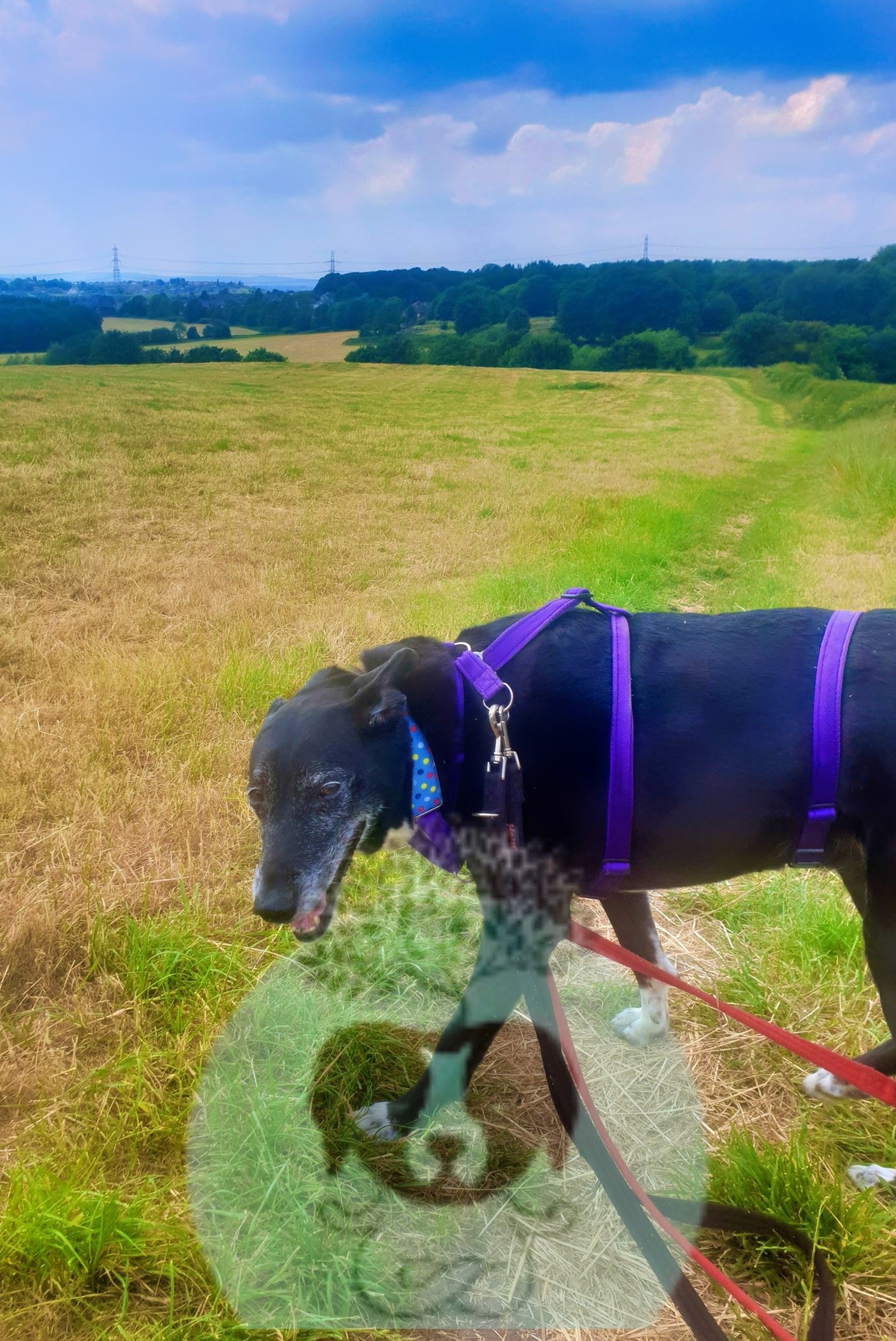Lead Walking:
How to stop your dog pulling you around on a walk.
Sarah Puppins
10/23/20252 min read

Step 1: Take 5 mins to "walk" near the home without intending on going anywhere, just to train loose lead walking. Do this at least once everyday. If possible avoid lead walking when you don't have time to implement this method. Ie; drive to a park they can run free. This means you can stop completely everytime the lead pulls tight - if your dog is straining you are not moving. Do not say or do anything at this point. Take as long as it takes for your dog to give in and turn to look at you; Yeayyy! Give ‘'Love Reward’!*¹
Step 2: Once your dog learns to turn and look at you when you stop, you can begin to show them a treat so they return to your side. When she is at your side and the leash is loose, start walking. The treat can be given as she returns to your side but do try to start walking at the same time. After practicing this you can withhold the treat for longer so that she walks by your side for it. Start with a step or two and gradually make her walk further and further before she gets this 'high-level' reward. Always pair treats with verbal praise and affection ❣️ 😍
Troubleshooting:
1. The dog is so excited by everything around them, they never turn to look at you in the first place:
This is always a potential problem, and can be dealt with in a variety of ways, always sticking to the principle of ignoring unwanted behaviour, choosing your moment to distract from the behaviour and praising the correct reactions. Firstly wait it out, let the dog get bored of staying in the same spot unable to do anything and remember you are there. It might take a while. Secondly, if there is a point where she stops pulling/ lunging/looking around/sniffing you can either make a noise to get her attention or tap on the leash gently. Only do this when it is likely to work.
Don’t
Call the dog's name
Use or repeat any commands
Reprimand
Try to distract until there is a pause in the dogs energy levels.
Try to overpower the distraction instinct in any other way, it won't work and will teach bad habits to you both.
2. The dog jumps and lunges for the treat:
Body language is extremely important in dog communication. Turning away from jumps up, side stepping and crossing your arms is a great way to avoid further attempts. A back step and half body turn makes the dog slip to the ground. No treats or verbal communication is given (although some people do use “Ah!” To command a correction). Attention is given when the dog stays on the ground.
Don't
stroke and hug your dog for jumping up without being asked to jump up.
Allow snatching of treats
Over-train. If this keeps happening going back to basics might be necessary by keeping treats away, training manners in taking treats or even change task to a simple ‘sit’, whatever is easy for them, to reward and finish the session on a positive note.
*¹ Verbal praise, affection, attention are all appropriate for them turning and looking at you. Treats and toys are high-level rewards and should be used with ‘Love Rewards’ to make them extra special.
